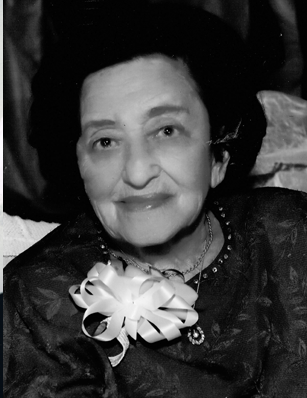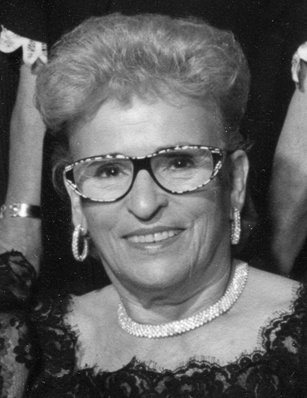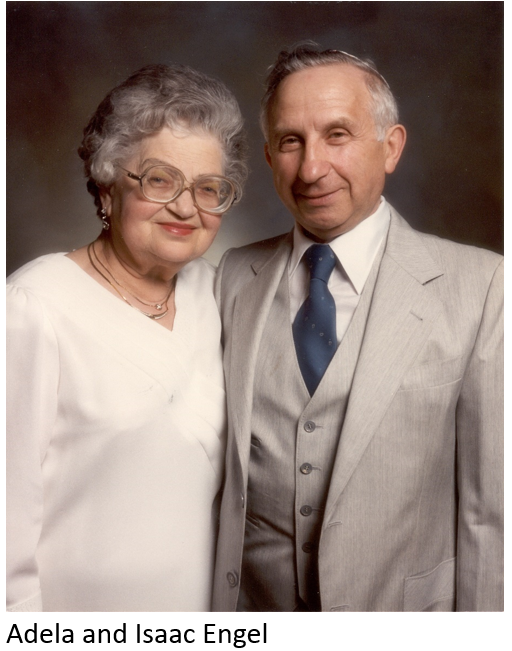Camp: Czestochowa

|

|

|
|
|
|
|
|
|

|
|
|
|
|
|
|
|
|
|
|
|
|
|
|

|
|
|
|
“A Polish city located about 124 miles (200 km) southwest of Warsaw, famed for Jasna Gora (Bright Mountain), the church containing a shrine with the icon of the Black Madonna of Czestochowa, revered all over Poland.
“The Jewish community in Czestochowa was founded in 1765 when it numbered 75. It grew to 500 by 1808, and fifty years later there were 3,000 Jews, forming a third of the total population. When World War II broke out, 28,500 Jews lived in the city. In the Czestochowa area, on the banks of the Warta River, there are rich deposits of ores, forming the basis for steelworks. Czestochowa became a wealthy industrial center in the nineteenth century with the construction of roads and railways in the area. Jews took an active part in all industries, as well as in banking, domestic and international trade, and crafts. A Jewish agricultural training farm and a trade school operated in Czestochowa during the interwar years, in addition to networks of religious and secular Jewish schools, as in most large Jewish communities in Poland.
“The Germans entered Czestochowa on Sunday, September 3, 1939, the third day of the war, and persecution of its Jews began at once. More than 300 Jews were killed on the following day, which became known as "Bloody Monday." On September 16 a Judenrat (Jewish Council) was formed, headed by Leon Kopinski. Confiscation of Jewish property and household effects, beatings, mockery, and degradation went on incessantly. In August 1940, 1,000 young Jews were rounded up and sent to the Ciechanow forced-labor camps. Very few survived.
‘A ghetto was established on April 9, 1941, by order of the Stadthauptmann (city commissioner), SS-Brigadiefuehrer Dr. Richard Wendler. It was located in the eastern, old part of the city and was sealed off on August 23. Some twenty thousand Jews from other cities (Lodz, Plock, Krakow) and villages were sent to the Czestochowa ghetto, which eventually held more than forty-eight thousand persons. The main places of work outside the ghetto were the German Metallurgie military factories on Krotka Street.
“In preparation for the forthcoming liquidation of the ghetto, in May 1942 the Germans seized and killed the Jewish social, cultural, and political activists. Large-scale Aktionen began on September 22 and lasted until October 8. In each deportation, some eight thousand Jews were packed into sixty freight cars. A total of thirty-nine thousand Jews were sent in this way to the Treblinka extermination camp. Elderly people in the home for the aged and the children in the orphanage were killed on the spot. About two thousand Jews managed to escape or hide in the city.
“After the deportations, the northeastern part of the ghetto, called the "small ghetto," held some five thousand able-bodied Jews with skills or professions. On September 2, a privately owned German munitions factory (Apparatenbau) belonging to the HASAG network was established in the suburb of Stradom. This forced-labor camp existed for two years, and a total of three thousand Jews from Poland, Germany, and Austria passed through it. On January 16, 1945, a typhoid epidemic broke out the camp was closed, and the surviving inmates were deported to an unknown destination.
‘In June 1943, the HASAG Rakow steel mill was opened. 500 to 1,000 Jews from Slovakia and Poland were exploited in it. It was closed on January 16, 1945, and the workers were sent to the Buchenwald and Ravensbruck camps. The largest camp in the Czestochowa area was HASAG Pelzery, which functioned from June 1943 until January 16, 1945. This was a munitions factory employing about 5,000 Jews at any given time from Poland, Germany, Austria, and Bohemia. Finally, there were an average of three thousand Jews working in the munitions factories of Warta and Czestochowianka.
‘In December 1942 the Zydowska Organizacja Bojowa (Jewish Fighting Organization; ZOB) created a resistance unit in Czestochowa, with some 300 participants. They maintained contact with the Warsaw Center. In January 1943 this group, under the leadership of Mendel Fiszlewicz, offered armed resistance to a German Aktion. During the clash 251 Jews were killed; the rest were deported to Radomsko and from there to Treblinka. The reprisals that followed included the murder of 127 of the Jewish intelligentsia, and 250 children and elderly people. In other resistance groups, there were two relatively large units of partisans, who were killed by Polish rightist partisans, and several small units that joined the leftist Polish partisans. On June 25, 1943, another ZOB group tried to resist the liquidation of the small ghetto. When the Soviet army liberated Czestochowa, there were still some 5,000 Jews in the area. In June 1946, 2,167 Jews were living in Czestochowa. After the Kielce pogrom on July 4, many of them joined the Beriha for Palestine.’
Accessed on July 19, 2011
Accessed on July 19, 2011
Accessed on July 19, 2011
Contact us
thank you!
Your application is successfuly submited. We will contact you as soon as possible
thank you!
Your application is successfuly submited. Check your inbox for future updates.